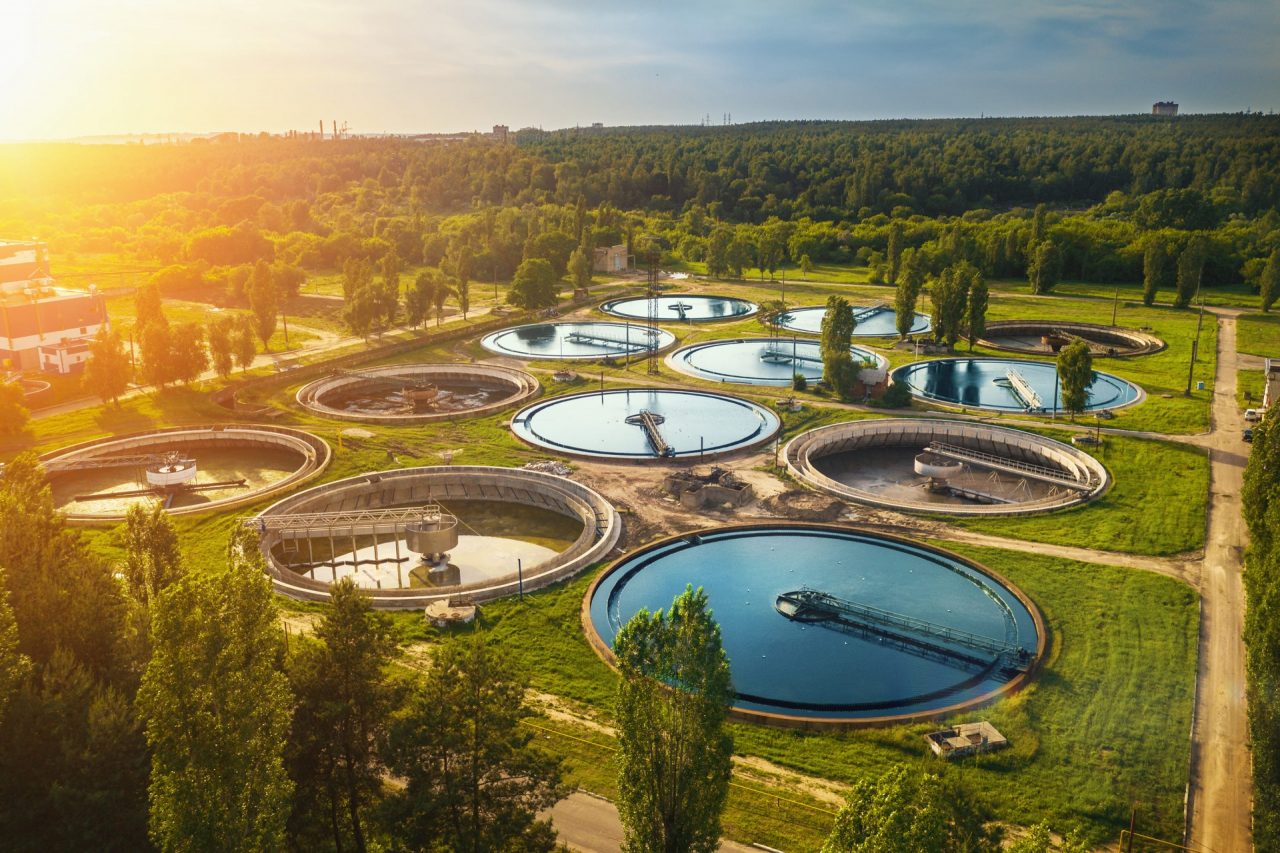The social distancing measures imposed by Covid-19 and the resulting economic crisis have underscored the importance of sustainable infrastructure. At the same time, the crisis has highlighted how many countries are behind in this area.
Rebuilding roads, bridges, railways and subway lines, along with hospitals and schools, can be used to bridge the divide between the poorest and richest strata of the population. Additionally, these works can become tools used to effectively combat climate change.
Once the fight against Covid-19 is over, sustainability will set the blueprint for future development. According to OECD calculations, in order to create a new generation of sustainable infrastructure and to meet the climate parameters of the Paris Agreement, $6.9 trillion (€5.6 trillion) in global investment will be needed by 2030.
Everyone should have a right to access clean energy and water, sustainable transport, modern schools and hospitals, but this hinges on the availability of modern and, more specifically, “green” infrastructure.
Sustainable infrastructure to get the economy back on track
The need to restart the global economies after the slump created by Covid-19 led the majority of nations to approve economic stimulus measures. In this realm, infrastructure plays a strategic role, particularly when it is designed based on principles of sustainability.
According to the World Economic Forum, every dollar invested in sustainable infrastructures by developing countries will provide a $4 (€3.30) return.
Regarding the overall average for all nations, investing 1% of GDP in infrastructure produces an economic return of 0.4% in the first year and 1.5% by the fourth year.
Infrastructure, and in particular sustainable infrastructure, can therefore be a key tool in reviving the economy after the pandemic crisis.

Investing in sustainability: the United States moves to the frontlines
The commitment U.S. President Joe Biden made with the announcement of Build Back Better, the set of economic stimulus measures, draws some of its strength from sustainable infrastructure.
The $7 trillion (€5.7 trillion) stimulus package also includes the American Jobs Plan, intended to modernise infrastructure and to kick-start an environmental revolution that should be propelled forward by energy transformation.
Focusing on infrastructure that creates clean energy, supporting sustainable mobility, encouraging a thoughtful and measured use of water resources, and reducing pollution are all goals of Biden’s America, as the President has publicly announced on several occasions.
LaGuardia Airport in New York City has become a symbol for this new direction for American infrastructure. Until a few months ago, it was arguably best known for its bare halls, walls in need of upkeep, and obsolete terminals.
But that’s in the past now: during the height of Covid-19, LaGuardia underwent a $4 billion (€3.2 billion) renovation centered on sustainability-minded projects.
Works were concentrated in Terminal B. In addition to a general structural overhaul, the project included the installation of a completely renewable electrical system, luggage belts powered by clean energy electrical systems, sophisticated air purification systems, and the use of innovative materials and construction techniques. This was all carried out in the service of the Port Authority of New York and New Jersey’s goal: an 80% reduction in CO2 emissions at New York’s airports by 2050.
In terms of the workforce, the 400 people involved in the airport’s mega renovation project were almost all from Queens, the borough where the airport is located.
Building with sustainability in mind will only continue to become more of an imperative. This isn’t just the case for major infrastructures, but for civic buildings, too. From hospitals to schools to new residential centres, sustainability will be the paradigm we must use to imagine a new way of living together, based on the lessons the pandemic has taught us.

